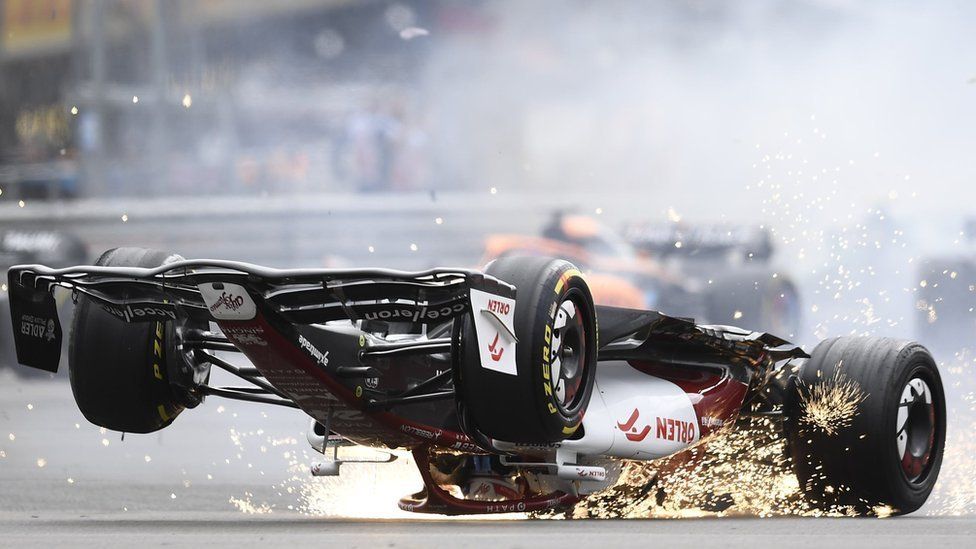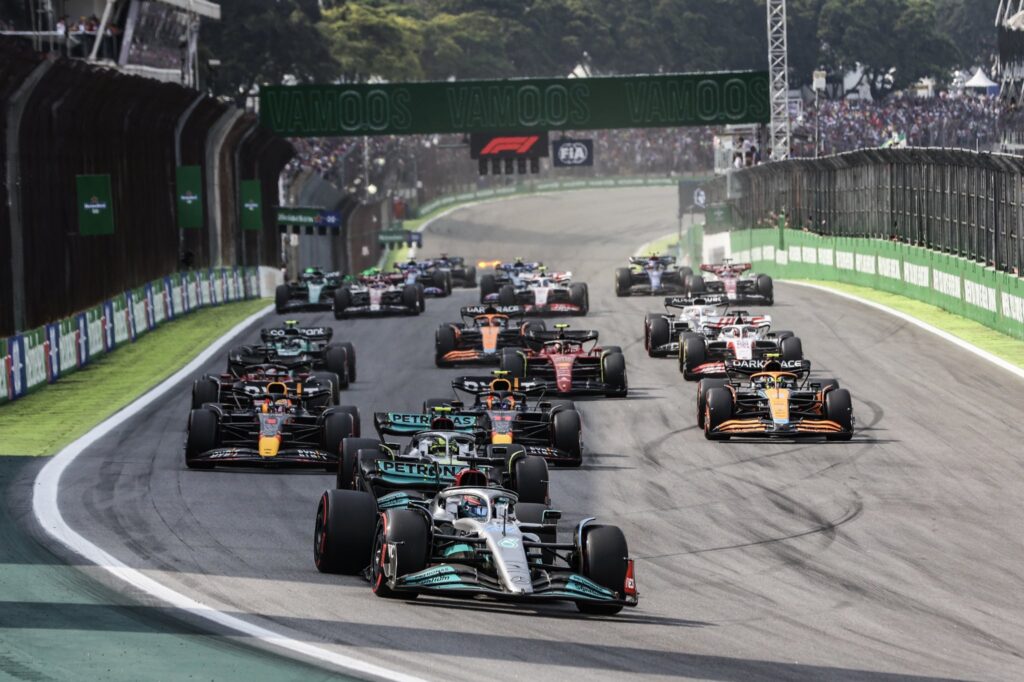Formula One (F1) has been at the forefront of driving safety innovations since its inception in 1950. Over the years, the sport has seen significant advances in driver, vehicle, and track safety measures, reducing the risks associated with the high-speed nature of F1 racing. This article delves into some of the most prominent safety innovations in Formula One history, exploring how they have transformed the sport and contributed to improved safety standards in motorsport and road cars alike.
Helmets and Head Protection
Helmets have come a long way since the early days of Formula One, evolving from basic leather caps to sophisticated, purpose-built designs. Modern F1 helmets are constructed using lightweight and robust materials like carbon fiber and polycarbonate, providing drivers with improved impact resistance and energy absorption. Advances in helmet technology have also led to the development of the Head and Neck Support (HANS) device, which helps reduce the risk of head and neck injuries during a crash.
GET ONE MONTH FREE AND LEARN HOW TO BUILD YOUR OWN WEBSITE HERE
Seat Belts and Harnesses
Formula One was one of the first racing series to adopt seat belts, recognizing their importance in keeping drivers secure within the cockpit. F1 harnesses have evolved from simple lap belts to the current six-point harness system, which more evenly distributes forces during an impact and minimizes the risk of injury.
Monocoque Chassis and Crash Structures
The introduction of the monocoque chassis in the 1960s revolutionized F1 car construction. Made from lightweight, rigid materials like carbon fiber and aluminum, the monocoque chassis provides better protection for drivers in the event of an accident. Modern F1 cars also feature advanced crash structures, such as deformable front and rear impact zones that absorb energy and reduce the forces experienced by the driver during a crash.
Fire-Resistant Clothing and Cockpit Protection
Advancements in fire-resistant materials have greatly improved driver safety in Formula One. Modern racing suits are made from multiple layers of flame-retardant materials, like Nomex, to provide drivers with vital protection from fire. Additionally, improvements in fuel cell design and cockpit fire suppression systems have helped reduce the risk of fires during accidents.
The Halo Device
Introduced in 2018, the Halo device is a titanium structure mounted above the driver’s head, designed to protect the driver from debris and impact during an accident. The Halo has already proven its effectiveness, with several incidents where it has protected drivers from potential harm, such as Charles Leclerc’s 2018 crash in Belgium and Romain Grosjean’s fiery accident in Bahrain in 2020.
Improved Circuit Design and Barriers
Formula One has made significant strides in enhancing circuit safety, with the adoption of new barrier technologies and improved track designs. Innovations like the SAFER (Steel and Foam Energy Reduction) barriers and TecPro barriers have replaced traditional concrete walls, offering better energy absorption during impacts. The FIA also enforces strict circuit design standards, focusing on improved run-off areas, gravel traps, and corner configurations to reduce the risk of accidents and injuries.
Virtual Safety Car (VSC) and Medical Car
The Virtual Safety Car (VSC) is a relatively new addition to F1, introduced in 2015 to slow down the cars during hazardous situations without the need for a full Safety Car deployment. This innovation helps reduce the risk of accidents while marshals attend to incidents on track. Additionally, the F1 medical car, staffed by experienced medical professionals, ensures rapid response and medical care for drivers in case of an accident.
Conclusion
Safety innovations in Formula One have played a crucial role in reducing the risks associated with the sport, protecting drivers, team personnel, and spectators





